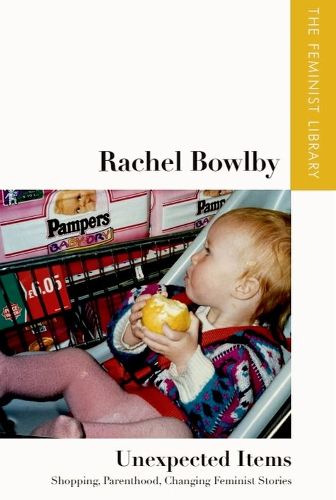Readings Newsletter
Become a Readings Member to make your shopping experience even easier.
Sign in or sign up for free!
You’re not far away from qualifying for FREE standard shipping within Australia
You’ve qualified for FREE standard shipping within Australia
The cart is loading…






The mid-twentieth-century woman was stereotypically seen as a housewife and mother, who shopped. But whether as purchaser, parent or professional, women's defining identities have been transformed, with a loosening of seemingly stone-set gender divisions and a feminist emphasis on expanding choices and different stories. Looking especially at consumer culture and parenthood, this book delves into some of the mutations involved. Here are marketing manuals and newspaper stories, as well as novels and tragedies, from Austen to Aeschylus. Unexpected Items is in part a plea for the uses and pleasures of critical reading-of all kinds of text-as a historical method, showing how meanings move on in the light of new contexts and questions, and also how looking close up at the way the words work can itself be a source of new thinking. The woman, the mother, the consumer, the parent-all human characters clash and change, and so do their likely stories.
$9.00 standard shipping within Australia
FREE standard shipping within Australia for orders over $100.00
Express & International shipping calculated at checkout
The mid-twentieth-century woman was stereotypically seen as a housewife and mother, who shopped. But whether as purchaser, parent or professional, women's defining identities have been transformed, with a loosening of seemingly stone-set gender divisions and a feminist emphasis on expanding choices and different stories. Looking especially at consumer culture and parenthood, this book delves into some of the mutations involved. Here are marketing manuals and newspaper stories, as well as novels and tragedies, from Austen to Aeschylus. Unexpected Items is in part a plea for the uses and pleasures of critical reading-of all kinds of text-as a historical method, showing how meanings move on in the light of new contexts and questions, and also how looking close up at the way the words work can itself be a source of new thinking. The woman, the mother, the consumer, the parent-all human characters clash and change, and so do their likely stories.